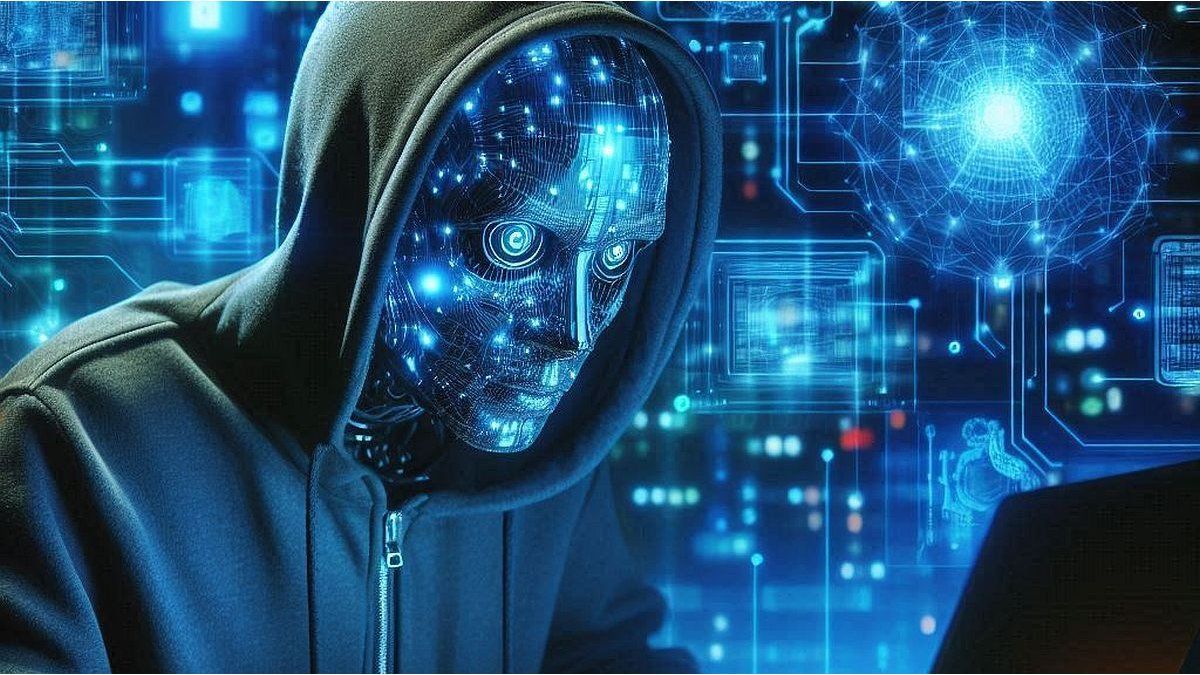From a time to this part, the Intelligence Artificial (AI)in its new generative phase, popular with the launch of the Chatgpt (and now Deepseek), It has become the star of the present and it is said that it will modify, in a way that we still cannot imagine, the future.
In a context where everything or almost everything will be different, its application in the field of fraud or computer attacks is even more significant, generating new forms of deception that long ago were difficult to think. In the same way, it has also become an essential tool to prevent them.
Today cybercriminals can use AI to generate communications (by mail, messages or calls) that mimic the tone and language of a legitimate partner or supplier, to share sensitive information or compromise the good development of the business.
The use of Deepfakes by cybercriminals for more precision attacks, will be the great security challenge. These are videos, images or audios generated by artificial intelligence that mimic the appearance and voice of a person with such precision that they can deceive both people and algorithms.
On the other hand, the malware Now they incorporate AI to modify their behavior in real time, avoiding traditional detection systems. For example, some viruses “learn” how to operate more stealthily in specific environments. IA attacks can change their tactics according to the countermeasures detected, such as changing their digital signature or adjusting their input vector.
On the side of good
Just as attacks have evolved, it has also been significantly sophisticated, thanks to artificial intelligence, the way to prevent them.
For a few years there are prediction algorithms based on AI that have the ability to detect malicious files within a team, with the advantage of being autonomous and without the need to depend on external updates. This allows to detect any type of new or zero threat.
The AI is also used to detect anomalous events in the network, where there are millions of data by passing from one side in real time. At that point, artificial intelligence has managed to detect precisely and in advance the behaviors that represent a threat.
In general terms, one of the biggest impacts of the AI on cybersecurity is that we now have the ability to detect and respond to real -time attacks analyzing large volumes of data in search of anomalous patterns that could indicate malicious activities.
Another fundamental aspect is the automation of repetitive tasks, such as the classification of alerts or the management of incidents that was previously performed manually by humans and now we can focus on the critical points that provide value to cybersecurity.
Almost identical simulations
If we look to the future, we can see that cybersecurity products will incorporate even more realistic threat simulations, such as phishing, smisking and personalized visging attacks aimed at each person.
Today, through audio samples, we already have the ability to reproduce and generate voices similar to those of, for example, the head of an employee or a family member. We can imagine a false call where AI will pass through the CEO of a company asking for confidential data from the company to one of its employees.
This is already happening and will be perfected over time so that the ability to detect if it is false or not extremely complex.
If we look to the future, we see that the AI advances towards a greater automation of attacks already large -scale with a large volume of data and sophisticated customization that we did not see long ago. In the same way this will be counteracted from cybersecurity and will be a very hard struggle of forces, with an end – without doubts – open.
Source: Ambito
I am a 24-year-old writer and journalist who has been working in the news industry for the past two years. I write primarily about market news, so if you’re looking for insights into what’s going on in the stock market or economic indicators, you’ve come to the right place. I also dabble in writing articles on lifestyle trends and pop culture news.




